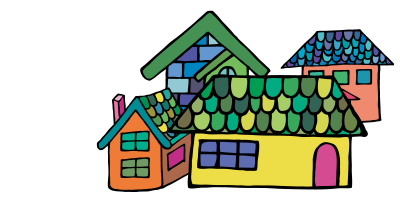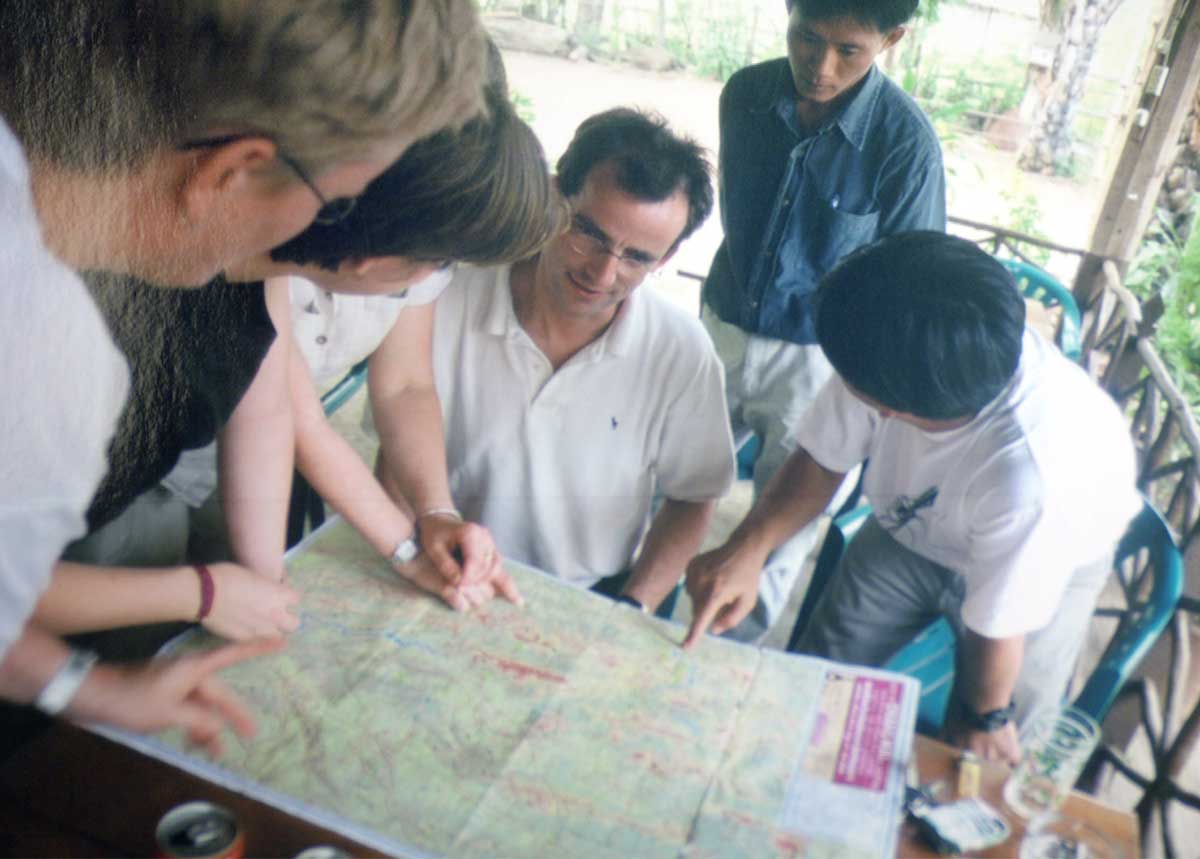Everywhere Eric visited, people were very kind to him. They gave him a live chicken. He carried the chicken on his motorcycle and went to the next village. Eating chicken every night kept him very healthy and gave him energy for his fieldwork. During his stay in the country, a military coup occurred. Eric was suspected of being a spy, detained, and then sent back to Belgium.
While this brought his fieldwork to an end, he was able to learn much. Although he could not find firm evidence of expanding desert, he did learn that too much agricultural, water use, and grazing had caused the land to deteriorate.








